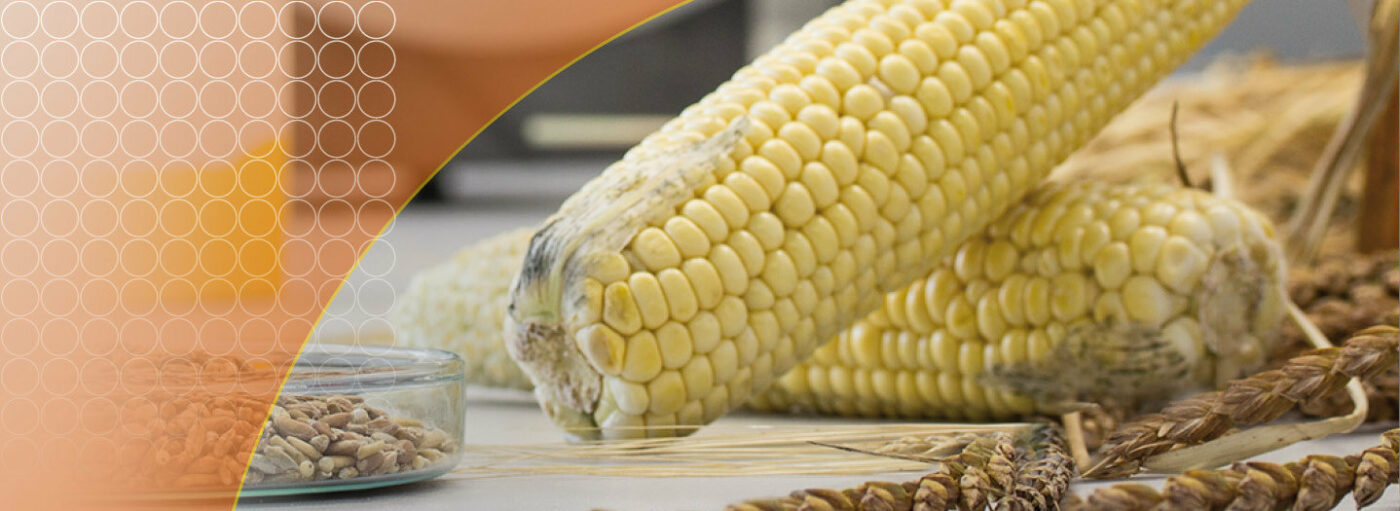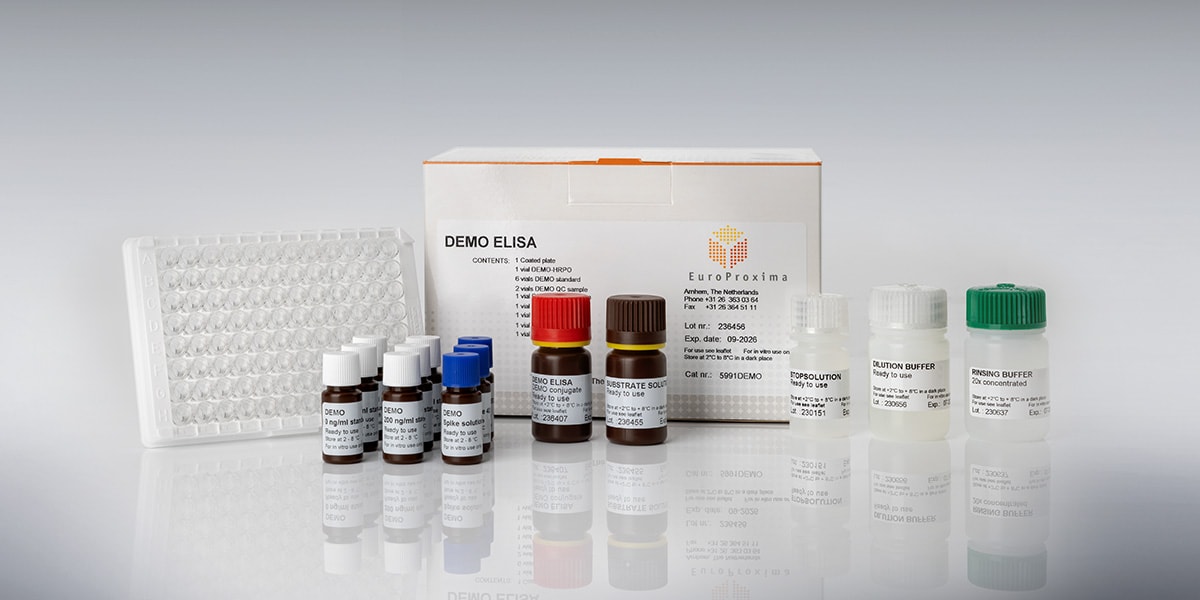
News
Recent news in Food & Feed Analysis
- Home
- /
- Mycotoxin analysis via smartphone:...
Analytes
Mycotoxin analysis via smartphone: new hope for farmers?

Mycotoxins are a big threat to agriculture. Particularly in developing countries, crops are often contaminated with mycotoxins – with dangerous consequences for the population. Modern technology can improve the situation for farmers and consumers.
Farmers in Africa face many challenges: droughts threaten the harvest. The lack of modern equipment often results in reduced crop yields. Moreover, mycotoxins (poisonous metabolic products formed by molds) are a major threat. Consuming contaminated crops can cause serious diseases. The mycotoxin aflatoxin, which is mainly found in corn, peanuts and grains such as millet and sorghum, is particularly harmful. Aflatoxin is carcinogenic, immunosuppressant, mutagenic and causes damage to kidneys, intestines and liver.
The following numbers show how great the risk is:
- 25 % off all food crops worldwide are affected. Africa is particularly affected: in Kenya, for example, 40 % of corn crops are contaminated with aflatoxin.
- More than 4.5 billion people in developing countries are chronically exposed to aflatoxin in their diets.
- Experts hold aflatoxin responsible for one third of liver cancer cases worldwide. The disease rate is particularly high in Africa: in Mozambique, for example, the rate of liver cancer is reported to be up to 60 times higher than that found in the USA.
- A recent study conducted in Kenya showed that aflatoxin causes chronic malnutrition and developmental disabilities in children.
- The estimated annual losses to African food exporters of cereals, nuts and dried fruits from not meeting the strict EU aflatoxin standards are $ 670 million.
However, there is still little awareness of the mycotoxin risk in developing countries. Many farmers apply methods which promote growth of molds – such as drying corn cobs without removing their leaves or storing the harvest in simple nylon sacks. It is important to inform farmers and traders about the invisible toxins in crops and to provide them with measures which may prevent mold formation during storage and transport.
Rapid and inexpensive methods for mycotoxin analysis are required
Another important measure for reducing the mycotoxin risk to public health is the comprehensive implementation of test systems for the detection of mycotoxins. However, such test systems are costly and simply not affordable for many farmers, which often are poor smallholders or family-run businesses. Inexpensive and easy-to-use tests are therefore urgently needed. In 2013, the company Mobile Assay, a pioneer in this field, developed a smartphone app for the detection of aflatoxin in cooperation with several universities and research institutes and funded by the Bill & Melinda Gates Foundation.
Today, using the smartphone application RIDA®SMART APP by R-Biopharm, it is possible to analyze quantitatively all relevant mycotoxins (aflatoxin, DON, zearalenone, fumonisin and T-2 HT-2) in grains quickly and easily. The principle is very simple: after the test is performed using the lateral flow device, the test strip is photographed with the smartphone camera. The smartphone analyzes the color intensity of the test band and directly displays the test result.


